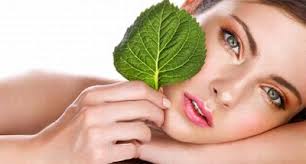BEAUTY SECRETS
Here are some beauty secrets for you that ou can apply with easy methods.
Cinnamon Bath prevents the smell of perspiration. Make bubble bath everyday regularly. Fill your bath tub with water and put a table spoon of cinnamon in it. rest 15 minutes in this water and have a shower after it. Repeat this three times in a week. Add lemon in your body cream and rub this on your body after shower.
Carbonate whitens your hand’s colour. Add a table spoon of yellow soap and a dessert spoon of cabonate in a liter of luke warm water. Rest your hands in this water 3 times a week for 15 minutes. And also mix lemon juice and glycerine and rub this mixture on your hands every days.
Mint is good for herpes on lips. Add four drop of lavender and four drop od mint oil in a half cup of luke warm water.Rub this mixture on herpes on lips with cotton.Apply this every day for effective solution but if your problem continues consult your doctor.
Carob and cinnamon is used for pendent skins while loosing weight. Cook a tea spoon of cinnamon and two table spoon of carob for eight minutes at low heat. Wait for few minutes and add a coffe cup of milk, a dessert table of honey, and a tea spoon of olive oil. Mix them well. Rub this mixture on your skin and wait for 20 minutes. Then wash your body with first luke warm and then cold water. Apply this twice a week.
Red Onion is used for sensitive hair. Boil three red onion’s shell, three wallnut leaves and 4 green wallnut, 750gr, water. Boil them as long as 200 gr, water stays in casserole. Steep this mixture as tea and drain. Add 2 table spoon of henna and mix them well. Dye your hair with this mixture and wait at least for four hours. Wash your hair and apply this once a month.



